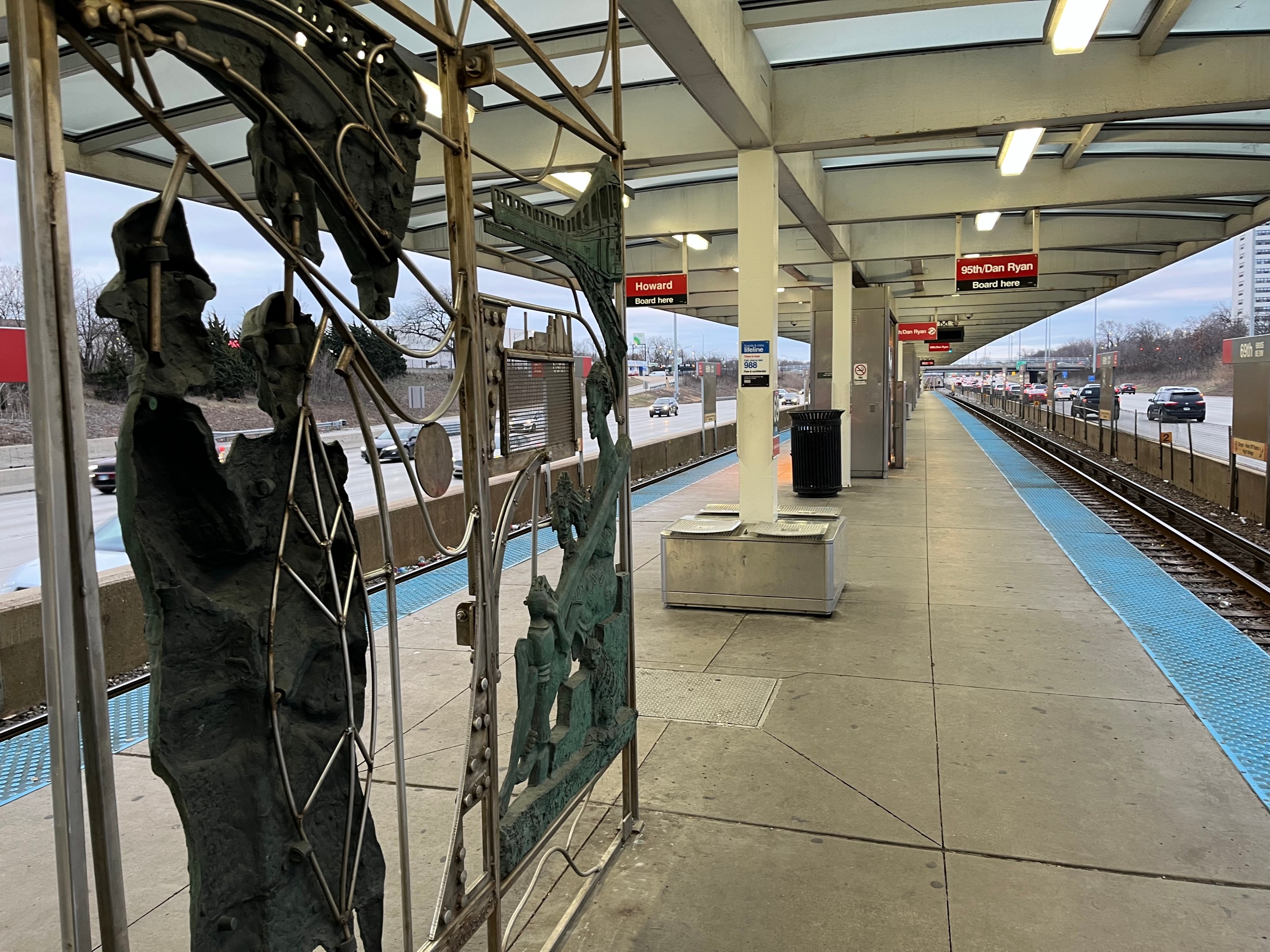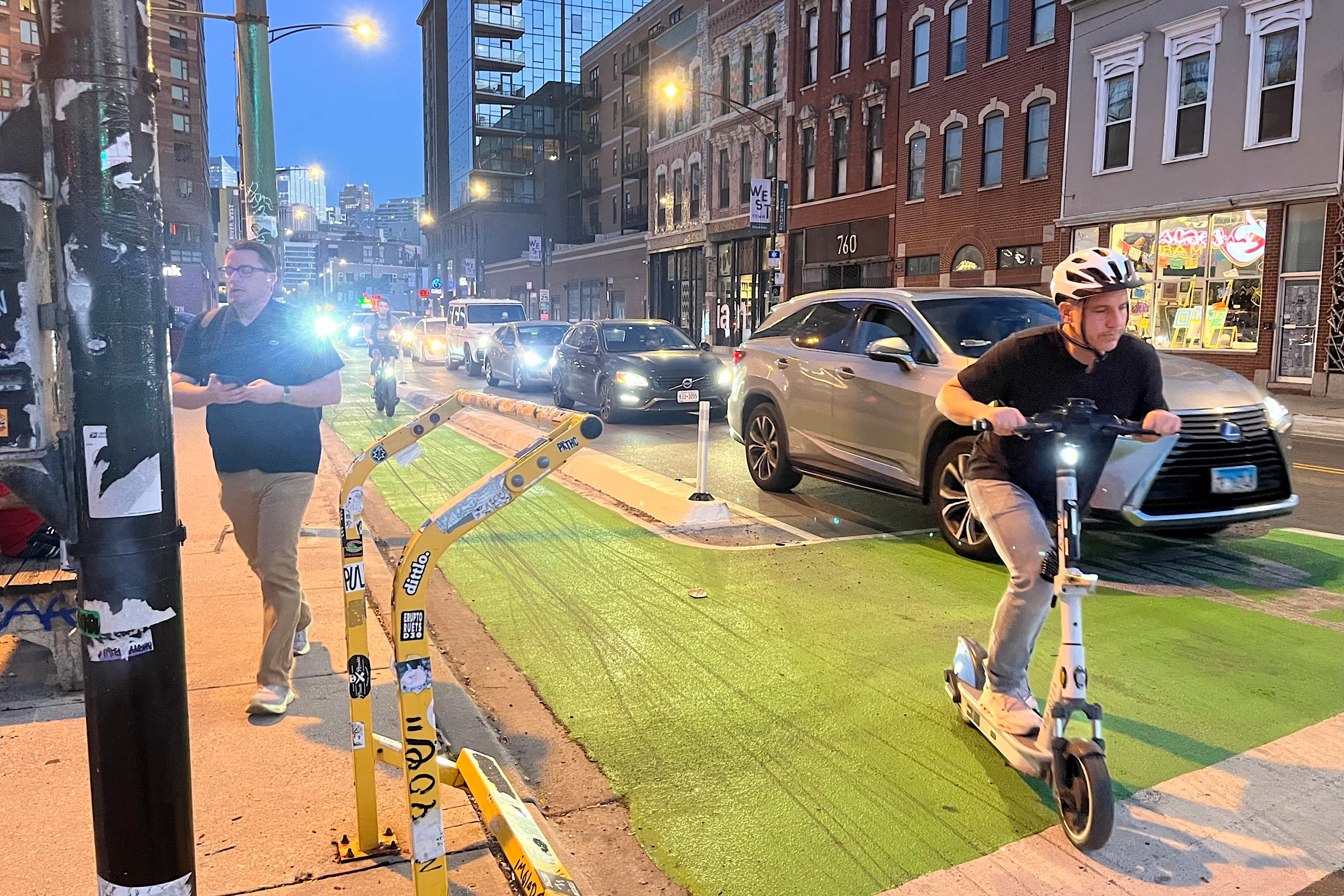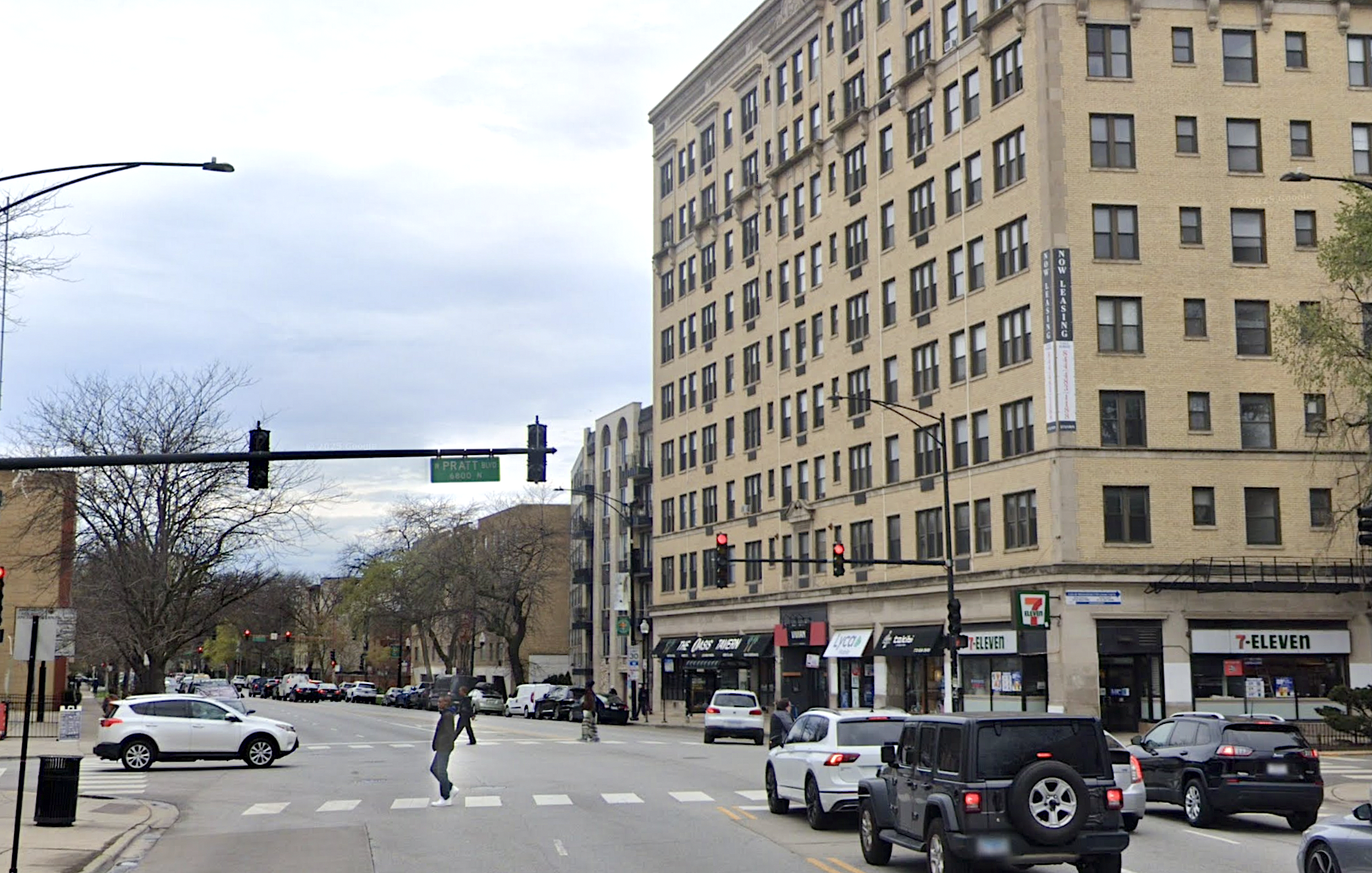
Two University of Illinois Chicago urban planning scholars have released a new report on public transportation access and commute disparities in Chicagoland. Associate Professor Dr. Kate Lowe and Assistant Professor David López-García from the Department of Urban Planning and Policy collaborated on the study. It's titled "Race, travel time, and earnings in Chicagoland: Comparing predicted job accessibility with the commuting burden of public transit."

"Public transit provides access to many essential opportunities in urban areas, including employment," Lowe and López-García note in its introduction. "A common practice to consider equity and look for job accessibility problems is to model the number of job sites within a travel time threshold. This cumulative job accessibility is intuitively interpreted as a total count of jobs within a fixed public transit commute time (e.g., 45 minutes). Scholars and practitioners often consider the spatial distribution of job accessibility based on such models. A high level of accessibility could be inversely related to commute burden – with more jobs within reach, a reasonable length of commute time might be expected."

But they argue that these kinds of accessibility measures don't actually factor in the actual amount of commuting time that "disadvantaged" employees may have to deal with, or how race and class come into play. "In this study, using the city and metropolitan area of Chicago, we examine the racial distribution of
residents across categories defined by actually experienced commute times and earnings, as well as predicted job accessibility," the professors explain. "Combining empirical data on lived commute burden and predicted accessibility
will help public agencies better target equity-oriented transportation interventions and understand how different communities are situated regarding
commute burden and earnings."
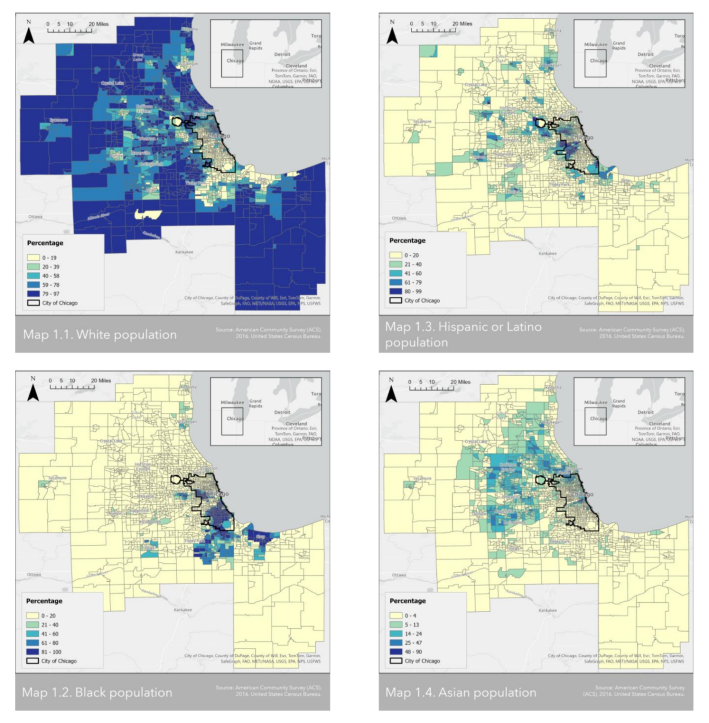
The report also suggests that there should be additional study of "how conceptualizations and measures of predicted accessibility align with actually experienced time burdens within complicated, racialized patterns of lived experiences and job access." Lowe and López-García add, "Specifically, this project asks: What is the spatial distribution of commute burden by public transit in Chicagoland, and how does it compare with existing measures of predicted job accessibility? How does the commuting burden relate to earnings? What is
the scope of differences by race in the cases where predicted high job access does not correspond with reasonable commuting patterns and access to
quality jobs?"
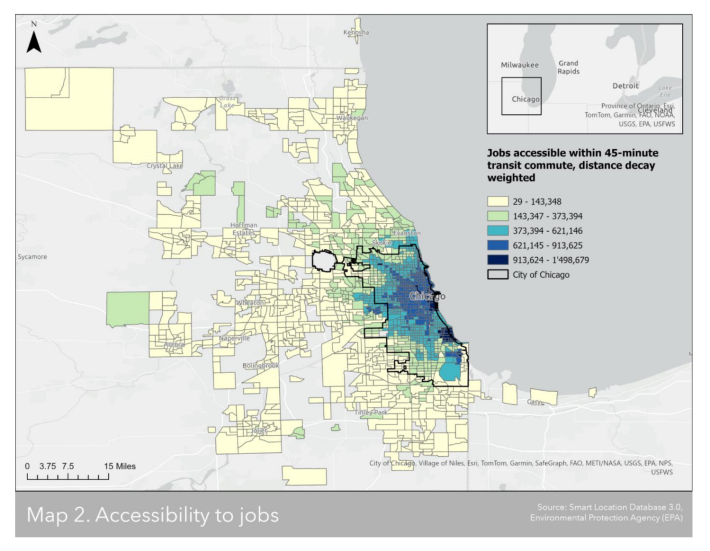
"This project... pursues two goals," the professors conclude in the introduction. "First, we seek to identify the communities where public transport users must endure a long commute to reach a poor- quality job. Second, we will explore differences by race in the relationship between commuting burden
and job earning."
It you'd like to check out the report it's posted via Box and Google Drive.

Did you appreciate this post? Streetsblog Chicago is currently fundraising to help cover our 2025-26 budget. If you appreciate our reporting and advocacy on local sustainable transportation issues, please consider making a tax-deductible donation here. Thank you!
